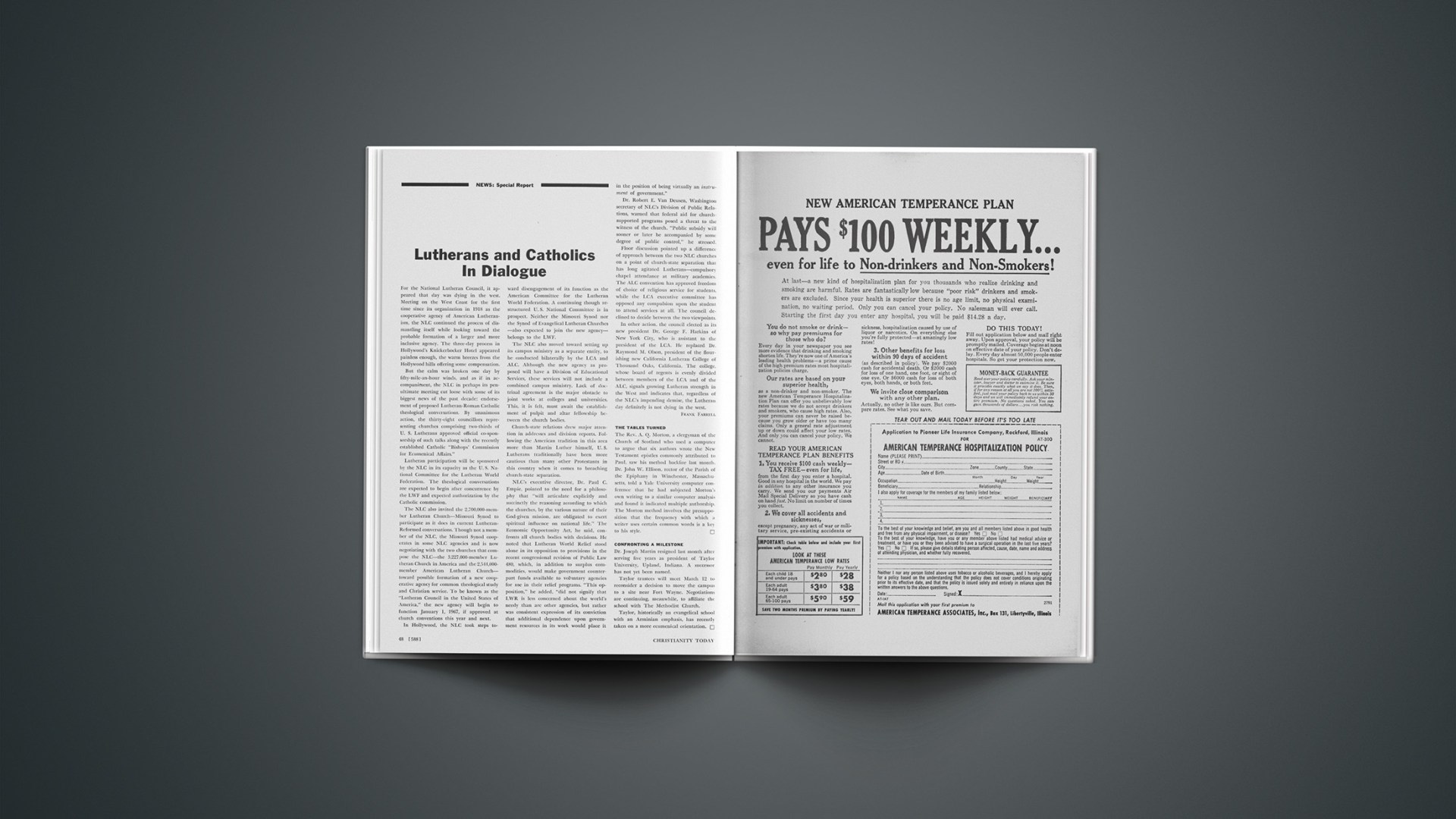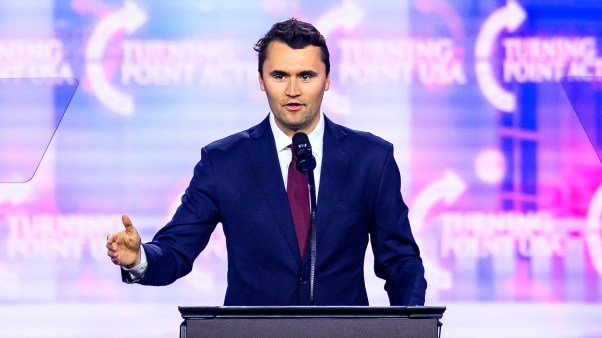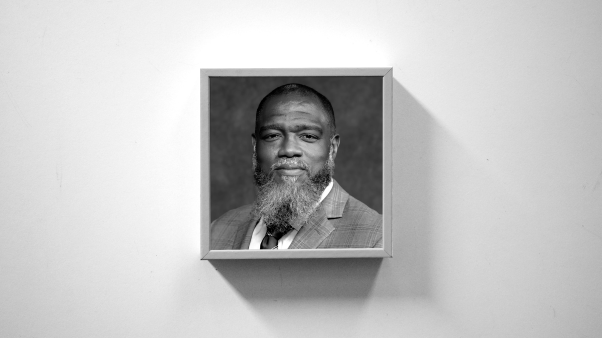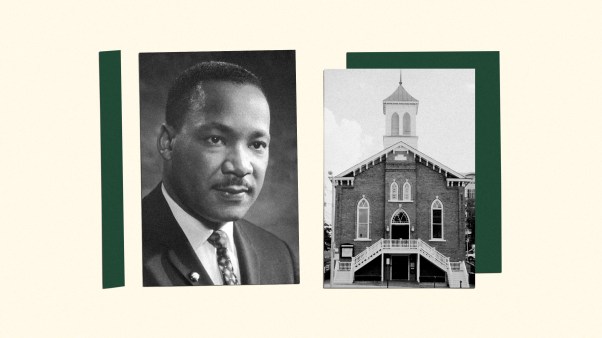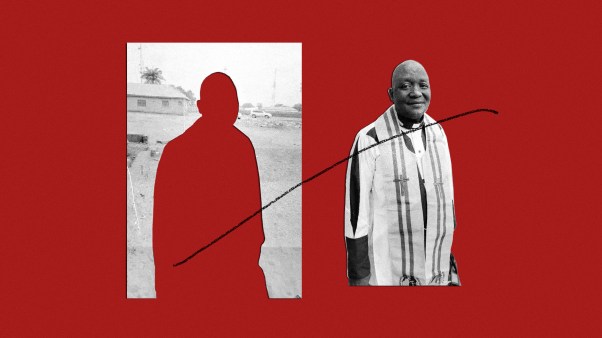NEWS: Special Report
For the National Lutheran Council, it appeared that day was dying in the west. Meeting on the West Coast for the first time since its organization in 1918 as the cooperative agency of American Lutheranism, the NLC continued the process of dismantling itself while looking toward the probable formation of a larger and more inclusive agency. The three-day process in Hollywood’s Knickerbocker Hotel appeared painless enough, the warm breezes from the Hollywood hills offering some compensation.
But the calm was broken one day by fifty-mile-an-hour winds, and as if in accompaniment, the NLC in perhaps its penultimate meeting cut loose with some of its biggest news of the past decade: endorsement of proposed Lutheran-Roman Catholic theological conversations. By unanimous action, the thirty-eight councillors representing churches comprising two-thirds of U. S. Lutherans approved official co-sponsorship of such talks along with the recently established Catholic “Bishops’ Commission for Ecumenical Affairs.”
Lutheran participation will be sponsored by the NLC in its capacity as the U. S. National Committee for the Lutheran World Federation. The theological conversations are expected to begin after concurrence by the LWF and expected authorization by the Catholic commission.
The NLC also invited the 2,700,000-member Lutheran Church—Missouri Synod to participate as it does in current Lutheran-Reformed conversations. Though not a member of the NLC, the Missouri Synod cooperates in some NLC agencies and is now negotiating with the two churches that compose the NLC—the 3,227,000-member Lutheran Church in America and the 2,544,000-member American Lutheran Church—toward possible formation of a new cooperative agency for common theological study and Christian service. To be known as the “Lutheran Council in the United States of America,” the new agency will begin to function January 1, 1967, if approved at church conventions this year and next.
In Hollywood, the NLC took steps toward disengagement of its function as the American Committee for the Lutheran World Federation. A continuing though restructured U. S. National Committee is in prospect. Neither the Missouri Synod nor the Synod of Evangelical Lutheran Churches—also expected to join the new agency—belongs to the LWF.
The NLC also moved toward setting up its campus ministry as a separate entity, to be conducted bilaterally by the LCA and ALC. Although the new agency as proposed will have a Division of Educational Services, these services will not include a combined campus ministry. Lack of doctrinal agreement is the major obstacle to joint works at colleges and universities. This, it is felt, must await the establishment of pulpit and altar fellowship between the church bodies.
Church-state relations drew major attention in addresses and division reports. Following the American tradition in this area more than Martin Luther himself, U. S. Lutherans traditionally have been more cautious than many other Protestants in this country when it comes to breaching church-state separation.
NLC’s executive director, Dr. Paul C. Empie, pointed to the need for a philosophy that “will articulate explicitly and succinctly the reasoning according to which the churches, by the various nature of their God-given mission, are obligated to exert spiritual influence on national life.” The Economic Opportunity Act, he said, confronts all church bodies with decisions. He noted that Lutheran World Relief stood alone in its opposition to provisions in the recent congressional revision of Public Law 480, which, in addition to surplus commodities, would make government counterpart funds available to voluntary agencies for use in their relief programs. “This opposition,” be added, “did not signify that LWR is less concerned about the world’s needy than are other agencies, but rather was consistent expression of its conviction that additional dependence upon government resources in its work would place it in the position of being virtually an instrument of government.”
Dr. Robert E. Van Deusen, Washington secretary of NLC’s Division of Public Relations, warned that federal aid for church-supported programs posed a threat to the witness of the church. “Public subsidy will sooner or later be accompanied by some degree of public control,” he stressed.
Floor discussion pointed up a difference of approach between the two NLC churches on a point of church-state separation that has long agitated Lutherans—compulsory chapel attendance at military academies. The ALC convention has approved freedom of choice of religious service for students, while the LCA executive committee has opposed any compulsion upon the student to attend services at all. The council declined to decide between the two viewpoints.
In other action, the council elected as its new president Dr. George F. Harkins of New York City, who is assistant to the president of the LCA. He replaced Dr. Raymond M. Olson, president of the flourishing new California Lutheran College of Thousand Oaks, California. The college, whose board of regents is evenly divided between members of the LCA and of the ALC, signals growing Lutheran strength in the West and indicates that, regardless of the NLC’s impending demise, the Lutheran day definitely is not dying in the west.
The Tables Turned
The Rev. A. Q. Morton, a clergyman of the Church of Scotland who used a computer to argue that six authors wrote the New Testament epistles commonly attributed to Paul, saw his method backfire last month. Dr. John W. Ellison, rector of the Parish of the Epiphany in Winchester, Massachusetts, told a Yale University computer conference that he had subjected Morton’s own writing to a similar computer analysis and found it indicated multiple authorship. The Morton method involves the presupposition that the frequency with which a writer uses certain common words is a key to his style.
Confronting A Milestone
Dr. Joseph Martin resigned last month after serving five years as president of Taylor University, Upland, Indiana. A successor has not yet been named.
Taylor trustees will meet March 12 to reconsider a decision to move the campus to a site near Fort Wayne. Negotiations are continuing, meanwhile, to affiliate the school with The Methodist Church.
Taylor, historically an evangelical school with an Arminian emphasis, has recently taken on a more ecumenical orientation.
Biblical Airlift
A rebuilt airliner was commissioned for service with Wycliffe Bible Translators in a special ceremony at Philadelphia International Airport this month.
The plane, a twin-engine DC-3 equipped with weather radar and long-range fuel capacity, will be used to ferry Wycliffe personnel and supplies between the United States and mission fields in South America. It is comparable in size to two PBY Catalina flying boats used by Wycliffe. Its 5,000-pound payload is the largest among planes owned by missionary organizations.
As presently equipped, the Douglas-built plane will carry sixteen passengers and a crew of three. Wycliffe spokesmen say it will mean a substantial savings in transportation and inventory costs. Supplies that now take up to eight months to reach Wycliffe’s task force of 1,000 missionaries in South America will be transported in a matter of hours.
The plane was built shortly after World War II and saw service with the now defunct Capital Airlines before being turned into an executive transport. It was rebuilt in 1960. The cost to Wycliffe: $40.000.
Faith And Emotion
A group of pastors and laymen in the Detroit area met last month to form a new organization to be known as the Christian Foundation for Emotional Health. A research program in emotional health has been established, as well as “an intensive mental health program to help churches and Christian organizations.” In addition, the new group has taken over the operation of the Detroit Christian Counseling Service, with its six clinics. Next month a three-day workshop in pastoral counseling is planned in cooperation with the National Association of Evangelicals.
Episode At Sea
Two professional vocalists en route to a concert appearance at Bob Jones University were abroad the airliner that crashed in the Atlantic Ocean south of Long Island this month. The two, Joan Gaboorian and Lillian Garabedian, were part of the “Four for Tonight” quartet.
Mr. Karl Stahl, head of the organ department at Bob Jones University, had had a ticket for the ill-fated flight but was persuaded to change his reservation for “a better flight.”
All eighty-four persons aboard the airliner perished.
Ministering To Migrants
More than a million “Gastarbeiters” (migrant workers) from around the world have rushed into Germany’s manpower vacuum. From Italy, Spain, Greece, Turkey, Yugoslavia, the Arab countries, Iran, Pakistan, and Japan—and now from Africa also—has come this rising tide.
To minister to the nearly 200,000 Greeks, the Greek Orthodox Church has mobilized priests despite the anti-clerical bias of the Greek workers. Orthodox priests generally oppose those outside their church who seek to reach the Greek immigrants with the Gospel.
In Cologne this month, the Roman Catholic archbishop gave permission for a Muslim service to be held in the historical cathedral there. Several hundred Turkish workers with prayer mats attended.
The usual social problems that follow mass migrations of the working class hit Germany hard. Social service agencies offer assistance to the workers, but their program is devoid of the Gospel.
New agencies have arisen to evangelize the migrants on the premise that the mission fields have come to Germany. Alongside already existing churches and agencies, the Alliance of German Missions for the Gastarbeiter is now active.
HAROLD LINDSELL
Oriental Reunion
“For centuries past our Orthodox churches have been without contact. Perhaps that which still divides the two groups is a matter of some importance. Perhaps it is not. In any case, we live in a time when even political differences are discussed around the conference table and peaceful and amicable solutions sought by all. The church can afford to do no less.”
So said Emperor Haile Selassie of Ethiopia last month in a historic conference of Oriental Orthodox church leaders at Addis Ababa.
Replying to the emperor’s address was Patriarch Ignatius Jacob III, who observed that “though we have a common heritage of Orthodox faith, our churches have not had an opportunity of meeting together in this way for many long centuries.”
The meeting was convened by the emperor and was originally planned as a joint conference of Eastern Orthodox and Oriental churches. Some Eastern Orthodox churchmen subsequently announced, however, that they could not attend because of the “time element.” That left the representation limited to five Oriental Orthodox churches, those in Ethiopia, Egypt, Syria, India, and Armenia. All are members of the World Council of Churches.
Separation of the Oriental and Eastern Orthodox families dates back to the Council of Chalcedon in A.D. 451.
Perhaps the most significant step taken at Addis Ababa was the creation of a standing committee with the responsibility of setting up a secretariat. One of the duties of the secretariat will be to seek closer contacts with non-Orthodox members of the World Council of Churches, the Roman Catholic Church, and particularly with the Eastern churches.

